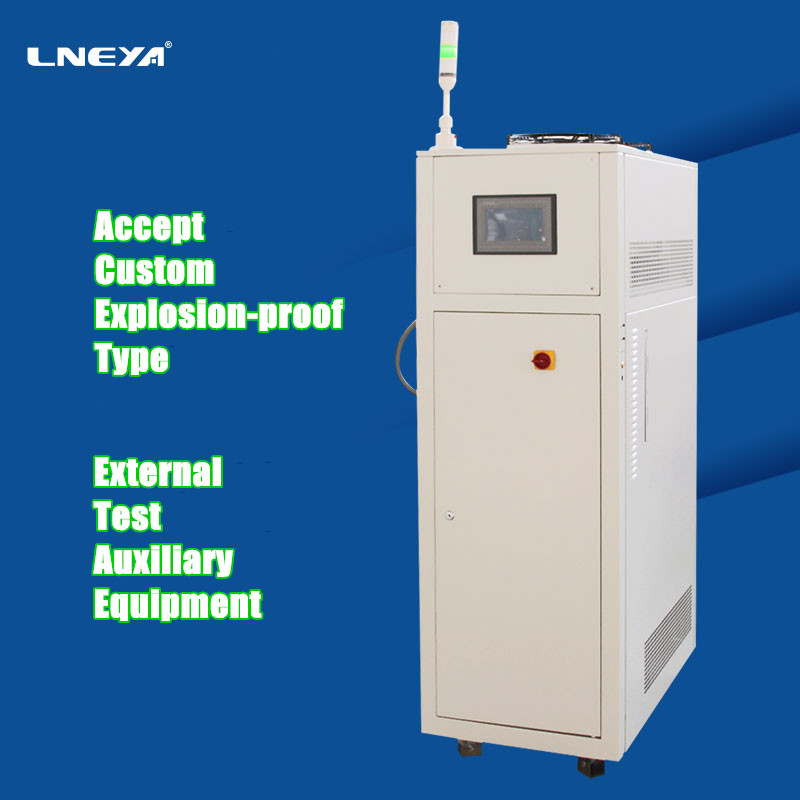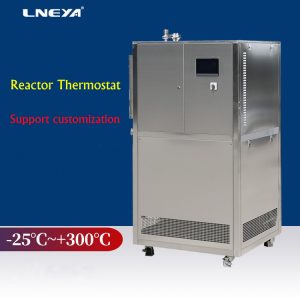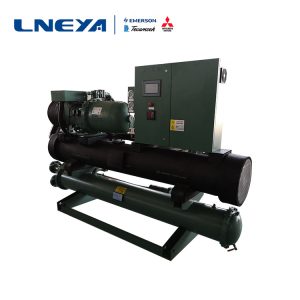Control method for semiconductor test chiller to meet temperature requirements
The biopharmaceutical field requires high-precision temperature to control the activity of enzymes and the production of products; the chemical industry field requires specific temperatures to make chemical reactions proceed stably; the electronics manufacturing field needs to provide a constant temperature environment for various electronic components to make them stable Work and achieve better performance, such as: quartz crystal oscillator, electronic linear accelerator, etc.
Although there are many domestic manufacturers of temperature control equipment, there are very few semiconductor test chiller independently developed, especially in high-precision measurement and control. Semiconductor test chiller manufacturers have developed a method that takes into account high accuracy, high stability, and wide adjustment. The range of high-power temperature control systems is significant.
There are currently two types of direct cooling and indirect cooling.
The direct cooling method is a method in which the cooling unit directly cools the circulating water. First, the temperature sensor collects the temperature value to the temperature controller, and then after a specific control algorithm, the temperature controller controls the refrigeration unit and the heating unit to perform cooling and heating processes, respectively, so as to control the temperature near the set value. When the temperature of the circulating water deviates from the set value, the control system first performs cooling or heating processing. After the temperature of the circulating water enters the set threshold range, the temperature of the circulating water is gradually stabilized by fine-tuning the cooling and heating power.
The temperature control method directly controls circulating water, has high temperature control accuracy, and can be used under low temperature conditions; the disadvantage is that the system structure and control program are complicated.
The indirect cooling method is generally a temperature adjustment method by adjusting the flow ratios of the circulating water at two different temperatures and mixing to obtain the required water temperature. The mixing process is mainly achieved by adjusting the opening of the electric three-way valve. First, the temperature sensor detects the temperature of the two circulating waters respectively, and transmits the temperature value to the temperature controller, and then the temperature controller controls the opening of the electric three-way valve according to a specific control algorithm, that is, the two different temperature waters are controlled. The mixing ratio is more than the circulating temperature of the required temperature.
Semiconductor test chiller heat exchanger is a widely used indirect cooling device in modern industrial production, which can realize heat transfer between two or more fluids with different temperatures, so that the temperature of high temperature fluid or low temperature fluid can meet the process requirements. During the work of the heat exchanger, different heat exchange power and heat exchange efficiency are achieved by adjusting the flow rate of the medium or refrigerant. This kind of equipment has a large heat exchange power, usually hundreds of kilowatts or more, and is bulky and difficult to integrate and transport.

LNEYA’s LL series is a chiller specially developed for the field of electronics production testing. This equipment is mainly used for cooling the heating part of semiconductor manufacturing equipment, cooling the heating part of laser devices, and analyzing the heating part of detection devices. The latest upgrade is not only for cooling but also for heating. The temperature control range can reach -5 ° C to 85 ° C, which improves the performance of precision cooling water circulation equipment and expands the application range of the equipment.
Related recommendations
-
-
How to use the reactor thermostat?
1537The reactor thermostat is generally heated by a resistance wire, cooled by a compressor, and is supplemented with a PID controller to maintain a relatively standard temperature, so as to achieve the purpose of the experiment. The shell is made of ...
View details -
Characteristics of the evaporator of LNEYA screw chiller
2276The amount of cooling capacity of the screw chiller is directly related to the energy consumption and operational economics of the entire unit, which is worthy of attention. Especially when designing a cold station, there is no single chiller in t...
View details -
What should be paid attention to when placing the thermostat system?
1442There are certain differences in the size and performance of the high and low temperature thermostat systems produced by different manufacturers. The user needs to pay attention to how it is placed when placing it after purchase, otherwise it will...
View details
 LNEYA Industrial Chillers Manufacturer Supplier
LNEYA Industrial Chillers Manufacturer Supplier












